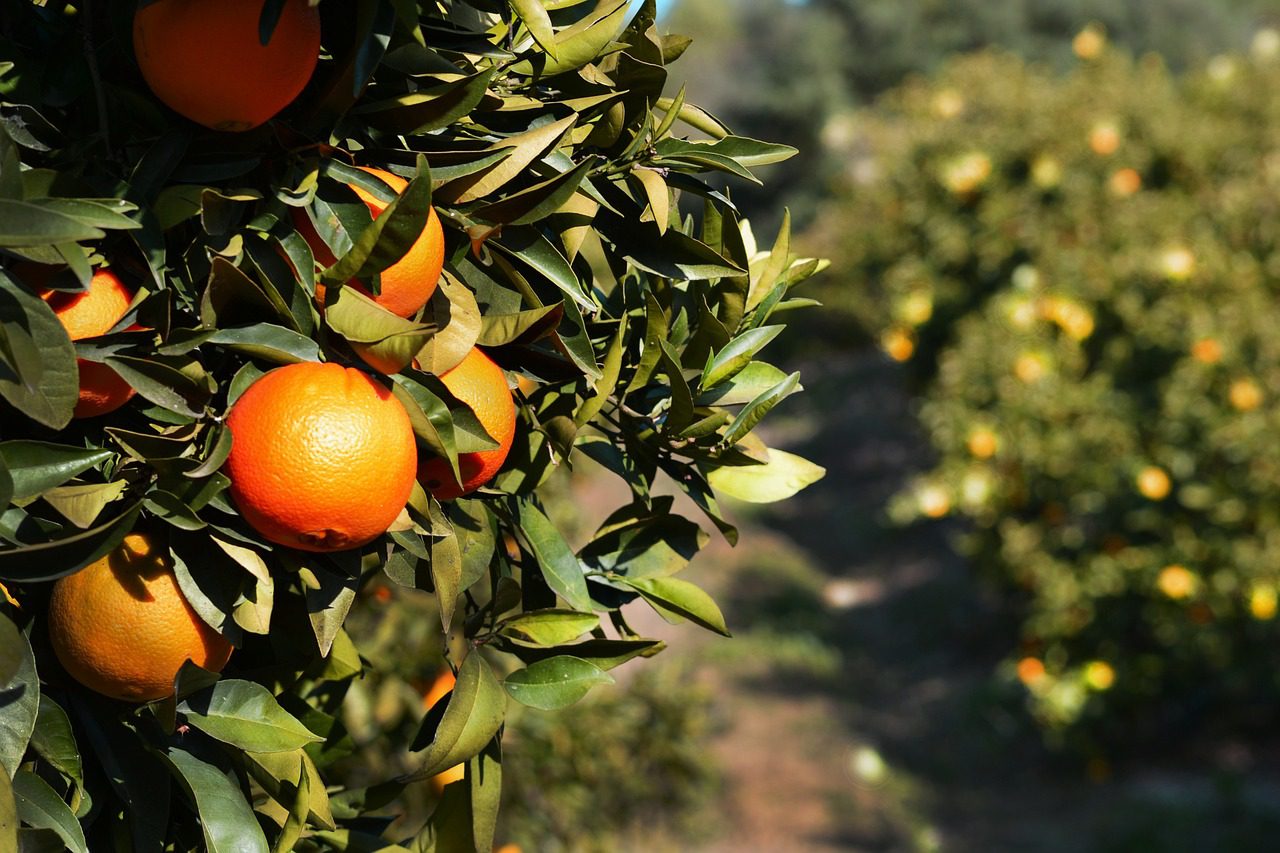A UF/IFAS researcher is looking at how micronutrients can help in the fight against HLB.
Everyone is looking for a way to beat HLB, also called citrus greening. UF/IFAS researcher Jude Grosser believes that micronutrients could be key to fighting HLB and saving Florida’s citrus industry; he shared his thoughts at a recent Highlands County OJ Break. Read the details from a Citrus Industry Magazine article on Grosser’s thoughts and research into micronutrients below.
Considering Micronutrients
“I got the idea of looking at root nutrition from thinking about the Maury Boyd controversy,” said Grosser in the Citrus Industry piece. Maury Boyd is a Hendry County citrus grower who rejected the notion of removing citrus trees infected with HLB and instead concocted a mixture of nutritional compounds and chemicals to stimulate the tree’s natural defense against the HLB bacteria, called systemic acquired resistance (SAR).
Boyd has had success with keeping production going in his citrus fields using the ‘Boyd cocktail.’ “The data supports that whatever he’s doing there is working,” Grosser said. Micronutrients are elements beyond the usual nitrogen, phosphate and potassium of standard fertilization, such as manganese, zinc, iron, and boron. However, Grosser maintained that though many have tried to copy Boyd’s success, they’re only focusing on half the equation.
Micronutrients and Root Health
“People have tried to repeat (Boyd’s program), but they’ve only captured the foliar part of what he does. The other part of what he does on the ground seems to have gotten lost in the translation.” Basically, others have focused only on delivering nutrients through the leaves while neglecting root health. “He [Boyd} has a very strong program to help take care of the roots of the tree as well as the foliar program,” Grosser said.
Results and Research
Grosser explained that Boyd’s methods made him consider micronutrients. Grosser was quoted as saying that foliar and root health, “those combined seemed to me as something that hypothetically could explain why the trees [Boyd’s] were doing so good … That’s when I went back and did the greenhouse experiments, determining that infected trees indeed have greater deficiencies of micronutrients … which is not being addressed by a foliar program. I also thought about if there is one or two key nutrients that might be exceptionally important in battling the disease. And so that’s why I designed the (micronutrient) overdose experiment and conducted that in the greenhouse. And now we’re doing a little of that in the field.”
Growers have been doing their own field research as well. “The growers who are having success have learned that the trees do need a steady supply of the micronutrients – a constant supply all year,” Grosser explained. “And they’re bringing out different ways to deliver that. They’re also figuring out that with a liquid program, that the nitrate forms of the nutrients are working very well. I guess that helps get the nutrient into the tree; it’s a more accessible form to the root system … We still don’t know the optimal level of any one nutrient … There’s a lot more to learn, but I think we’re on the right track.”
Griffin Fertilizer is committed to helping both growers and ranchers make sound agronomic and economic decisions in order to maximize the health of their grove and pasture. As a full-service custom dry & liquid fertilizer blender and crop protection product distributor, we will continue our mission to further advance Florida agriculture. For questions or concerns about your farm or pasture, contact us and one of our team will be in touch.

